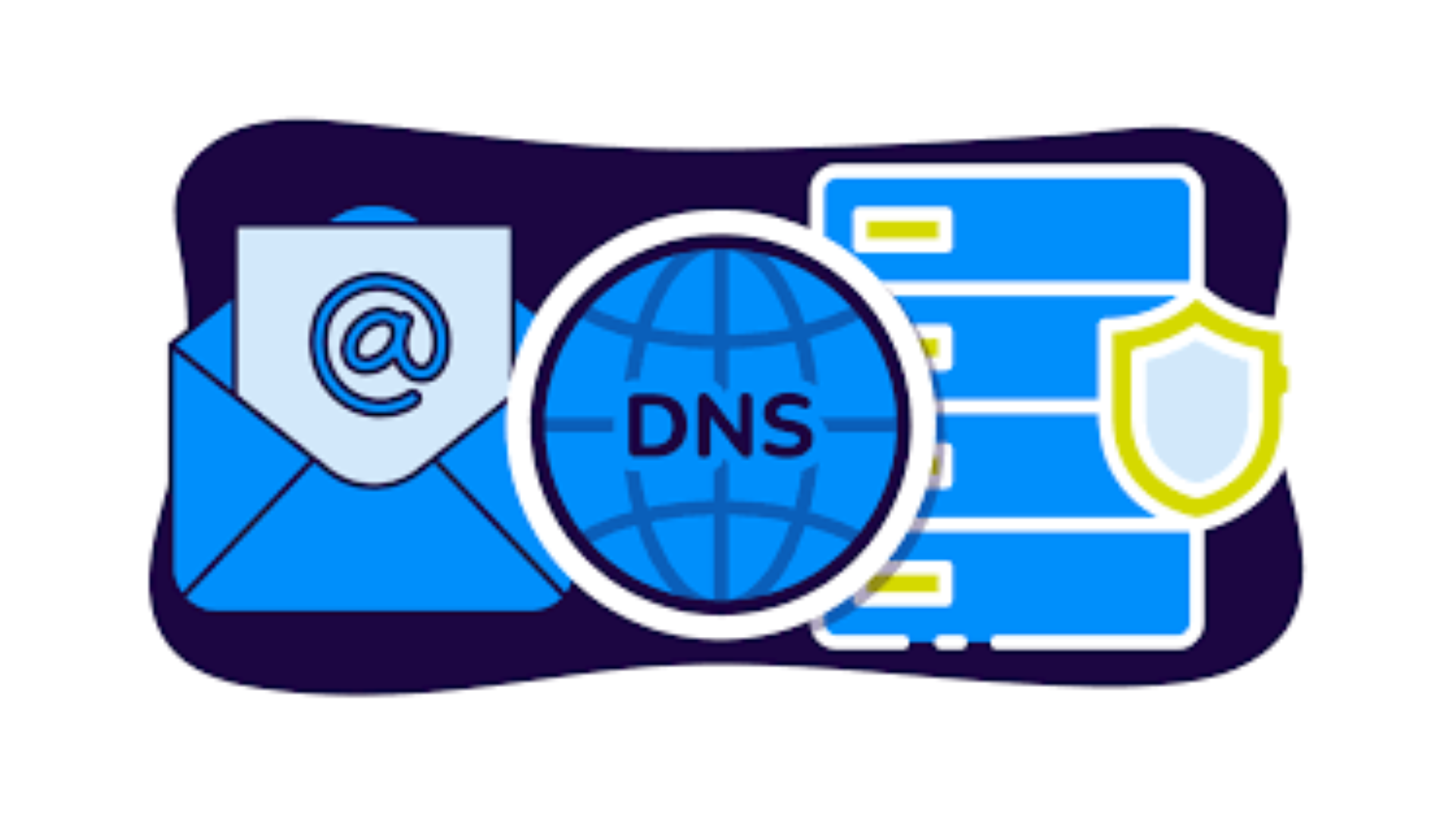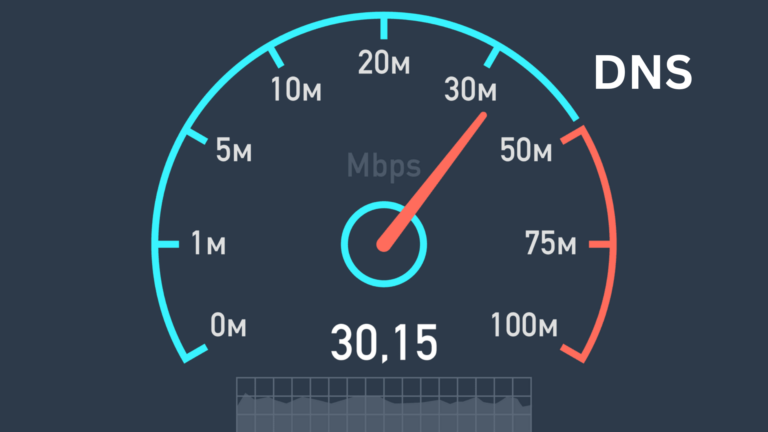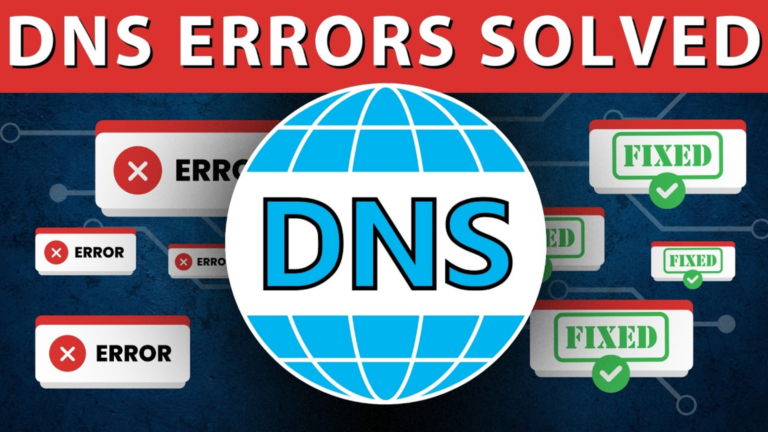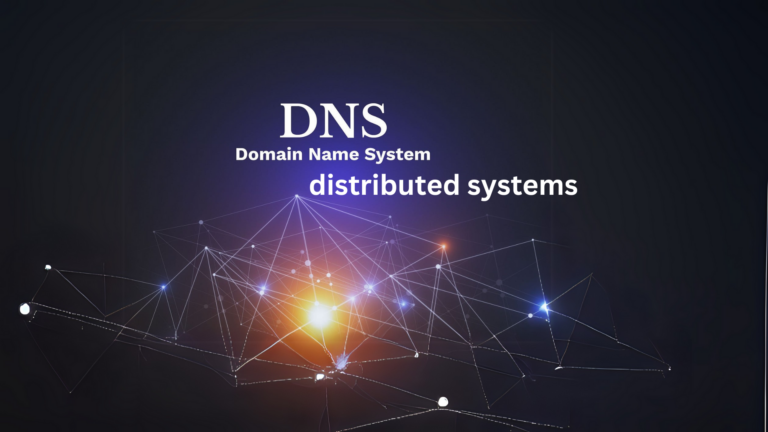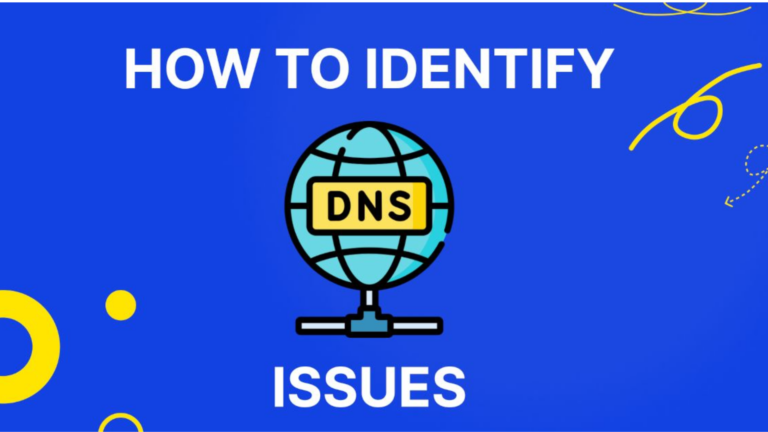How Does DNS Affect Email Authentication and Security?
Email security is something most people don’t think about, but it plays a big role in protecting personal and business communication. One of the key parts of email security is DNS (Domain Name System). DNS is like the phonebook of the internet, helping devices find each other. But how does it help with email authentication and security? Let’s break it down.
What is DNS?
DNS is a system that translates domain names (like example.com) into IP addresses so that computers can communicate with each other. When you send an email, DNS helps route it to the right place. But DNS also plays a big role in verifying whether an email is real or fake.
How DNS Helps in Email Authentication
Email authentication is a way to check if an email is really from the sender it claims to be. Without authentication, hackers can send fake emails pretending to be someone else. DNS helps with authentication through several key methods:
1. SPF (Sender Policy Framework)
SPF is a record added to a domain’s DNS settings. It lists which mail servers are allowed to send emails on behalf of that domain. If an email comes from a server not listed in the SPF record, it may be rejected or marked as spam.
How SPF Works:
- The email server checks the SPF record of the sender’s domain.
- If the sending server is listed, the email is considered legitimate.
- If not, the email may be rejected or flagged as suspicious.
2. DKIM (DomainKeys Identified Mail)
DKIM adds a digital signature to emails, proving they haven’t been altered during delivery. This signature is verified using DNS records.
How DKIM Works:
- The sender’s mail server adds a unique signature to each email.
- The recipient’s server checks this signature against the sender’s DNS records.
- If the signature matches, the email is considered safe.
3. DMARC (Domain-based Message Authentication, Reporting & Conformance)
DMARC builds on SPF and DKIM to provide even stronger email security. It tells receiving servers how to handle emails that fail authentication.
How DMARC Works:
- The domain owner sets a DMARC policy in DNS.
- The policy decides if failed emails should be rejected, marked as spam, or delivered normally.
- It also sends reports to the domain owner about failed email attempts.
How DNS Helps Prevent Email Scams
Many email scams, like phishing attacks, rely on faking the sender’s identity. DNS-based authentication methods (SPF, DKIM, and DMARC) help prevent this by verifying emails before they reach your inbox.
Ways DNS Protects Against Scams:
- Prevents email spoofing – Stops attackers from sending emails that appear to be from a trusted source.
- Reduces phishing attacks – Makes it harder for scammers to trick people into clicking fake links.
- Increases email trust – Helps email providers decide which emails to deliver and which to block.
Common DNS Mistakes That Weaken Email Security
Even with SPF, DKIM, and DMARC, mistakes in DNS records can leave your emails unprotected. Here are some common errors:
- No SPF, DKIM, or DMARC records – Without these, there’s no way to verify your emails.
- Incorrect SPF settings – If the SPF record is too strict or missing servers, legitimate emails may be rejected.
- DKIM not set up properly – If DKIM isn’t configured correctly, emails may fail verification.
- DMARC policy set to “none” – This means no action is taken against fraudulent emails.
How to Check Your DNS Email Security
If you want to check if your email authentication is set up properly, you can use free online tools. Just search for “SPF checker,” “DKIM checker,” or “DMARC checker” and enter your domain name.
Conclusion
DNS plays a huge role in email authentication and security. By setting up SPF, DKIM, and DMARC records correctly, you can protect your emails from being spoofed and reduce the risk of scams. If you manage a domain, take some time to check your DNS settings—it could save you from serious email security problems.
